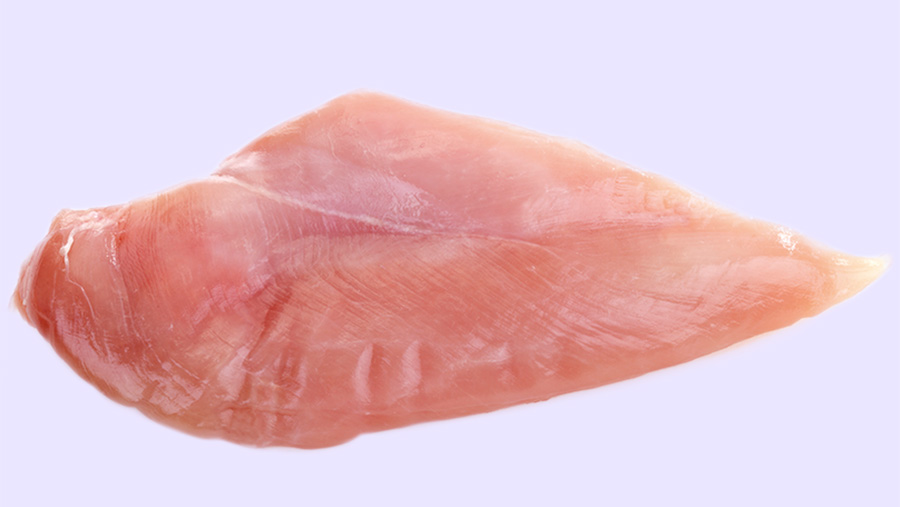Poultry research offers clues to ‘wooden breast’ condition
 © Creativ Studio/Heinemann/imageBROKER/REX/Shutterstock
© Creativ Studio/Heinemann/imageBROKER/REX/Shutterstock An American research team has taken a step forward in combating wooden breast, a condition affecting broiler birds that results in rejections at the slaughterhouse.
It is a relatively new condition with few peer-reviewed papers into its cause or prevalence, but some consider it related to increased broiler growth rates, and linked to “white striping” that also causes carcass rejections.
See also: Latest advances in science for poultry farmers
Scientists at the University of Delaware have analysed the genes involved in the disorder and determined the “unique biochemistry” of the hardened breast tissue.
The team first sought to understand the DNA of tissue affected by wooden breast by comparing its makeup with that of normal chicken breast.
They also used previously published work studying birds’ cell structure.
It found that, of 11,000 detectable genes, 1,500 were distinct between the affected and healthy breastmeat.
Behnam Abasht, of the University of Delaware, said hypoxia – a deficit of oxygen present in cells – could be a factor.
“In addition, our findings strongly suggest presence of oxidative stress — when free radicals build up and there aren’t enough antioxidants to detoxify them — as well as an increase in calcium in the tissue cells.”
New insights
The researchers also found affected breast muscle possesses a unique metabolic signature reflecting elevated lipid levels, muscle degradation and altered use of glucose.
The findings offer insight into the biochemical processes that contribute to tissue hardening.
Supplementing poultry diets with vitamin C, a potent antioxidant, may help lower the incidence of the disorder, Prof Abasht said.
The US Department of Agriculture has recently funded a £381,000 grant to continue research into the condition.
A study published in Veterinary Record earlier this year confirmed the presence of the condition in UK-reared broilers.
Wooden breast research
Researchers from University of Delaware studied 2,500 broilers raised under commercial conditions for 29 days.
The results showed a significant statistical difference between healthy and affected chickens, with affected birds having a larger breast muscle, higher body weight and greater feed efficiency.
But that was not the case universally.
Some birds that recorded lower efficiency and small breast muscle still developed wooden breast.
